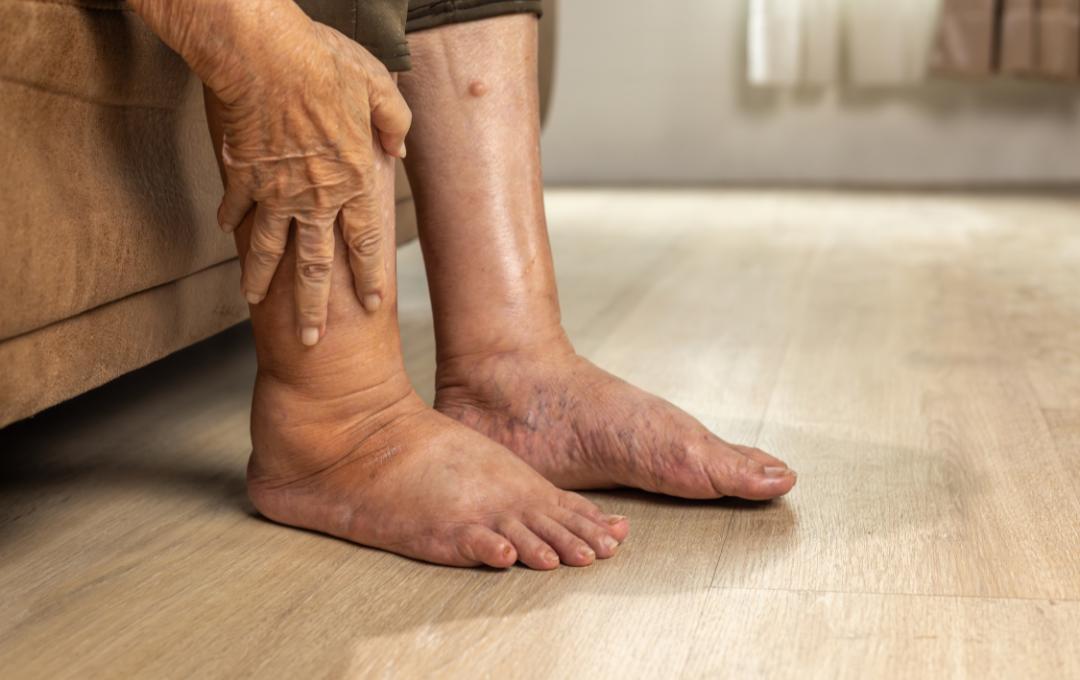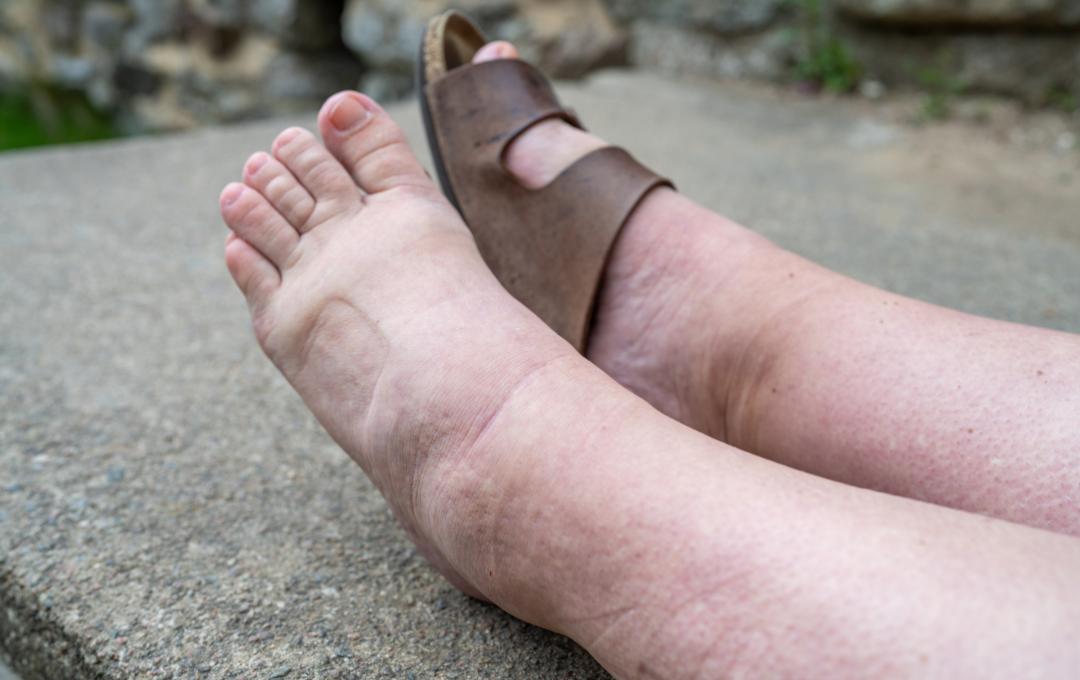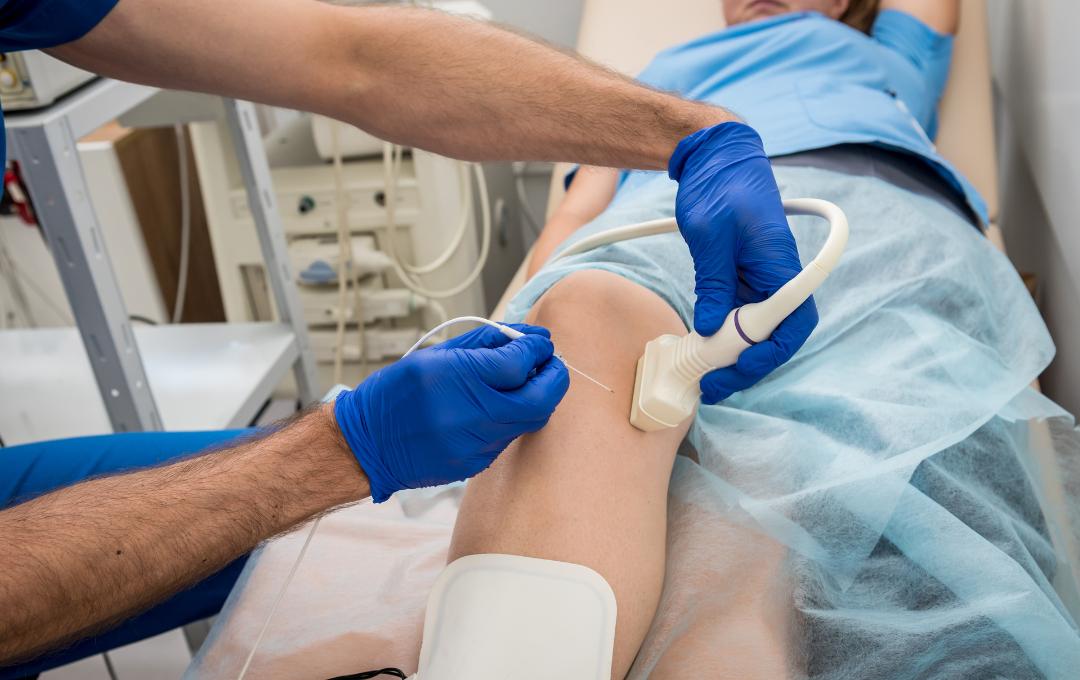
President Donald Trump’s recent diagnosis of chronic venous insufficiency (CVI) has brought this common condition to the spotlight. While symptoms such as leg pain and swelling can be dismissed as signs of aging, CVI actually affects over 150 thousand people every year, according to the National Institutes of Health. If left untreated, CVI gets progressively worse, increasing a person’s risks of serious complications, like deep vein thrombosis (DVT) and pulmonary embolism (PE).
USA Vein Clinics has successfully treated hundreds of thousands of people with CVI and understands the disease’s impact on overall health. Below, you’ll find everything you need to know about CVI, from what causes the condition to how it can be treated.
What is Chronic Venous Insufficiency?
Chronic venous insufficiency (CVI) happens when the veins in the legs struggle to push blood back toward the heart. Tiny, delicate flaps inside the veins become damaged, and blood pools in the legs instead of flowing back to the heart. This pooling causes the veins to swell, stretch, and twist, leading to significant discomfort and pain, and often the appearance of varicose veins and spider veins.
What Causes Chronic Venous Insufficiency?
Many factors can lead to chronic venous insufficiency (CVI) and worsen its symptoms. People who are over the age of 50, are overweight or obese, smoke, lead an inactive lifestyle, are pregnant, have a history of blood clots, and spend too much time sitting or standing are at an increased risk for CVI.
Women are twice as likely to develop CVI, but men are still vulnerable to the condition. Genetics can also play a role, and those whose parents have CVI are much more likely to develop it themselves. Typically, the more risk factors you have, the more likely you’ll get CVI.
More on Risk Factors for CVI Here
What Are the Signs & Symptoms of Chronic Venous Insufficiency?
CVI can cause significant swelling and a ‘pitting’ effect on the legs, as illustrated above.
Leg swelling, which President Trump was experiencing in his lower legs, is a notable symptom of chronic venous insufficiency. In addition to leg swelling, people may also experience:
- Aching, cramping, heaviness, or fatigue in the legs
- Varicose veins or spider veins
- Skin changes, such as discoloration, dryness, itchiness, and flaking
- Restless legs, especially at night
- In later stages, non-healing sores on the leg.
Understanding the Risks: Deep Vein Thrombosis (DVT) and Pulmonary Embolism (PE)
Chronic venous insufficiency increases the risk of deep vein thrombosis (DVT) and pulmonary embolism (PE). DVT is a blood clot that forms in the deep veins of the leg due to hindered blood flow. If the clot breaks off, it can travel to the lungs, causing a pulmonary embolism (PE), a life-threatening emergency obstructing blood flow to the lungs and heart.
An article from the Journal of the American Medical Association found that those with varicose veins, a sign of CVI, were over five times as likely to develop DVT. PE also raises a significant concern being responsible for up to 100 thousand deaths per year. Early diagnosis and treatment of CVI is the best defense against these complications.
How is Chronic Venous Insufficiency Diagnosed?
CVI is diagnosed by a vein specialist through a venous doppler ultrasound. A venous doppler ultrasound is a medical imaging tool that allows a doctor to see inside the veins and identify areas affected by vascular conditions.
How is Chronic Venous Insufficiency Treated?
Minimally invasive vein treatments are proven to be effective against CVI and are known to be less painful than surgery.
While natural approaches like a heart-healthy diet, regular movement, and elevating the legs can temporarily alleviate symptoms, medical treatment is often necessary for chronic venous insufficiency. Fortunately, minimally invasive vein treatments have proven highly effective against CVI and are significantly less painful than traditional surgery.
Examples of these minimally invasive treatments, which USA Vein Clinics specialize in, include:
- Endovenous Laser Treatment (EVLT)
- ClariVein®
- Varithena® Vein Treatment
- Ultrasound-guided sclerotherapy
- Visual sclerotherapy for spider veins
- VenaSeal™
- Radiofrequency Ablation (RFA)
These treatments target veins affected by CVI, and allow blood to reroute to healthier veins, restoring optimal blood flow.
Where to Get Treated for CVI
Many people can get treated for CVI in an outpatient setting. USA Vein Clinics is an outpatient provider of vein treatment experts, leveraging evidence-based procedures to help improve a person’s quality of life. With over 168 accredited locations nationwide, high-quality care is accessible, placing 65% of the U.S. population within driving distance of a USA Vein Clinics facility.
If you have symptoms of CVI, it’s encouraged to schedule an appointment with a vein specialist for an accurate diagnosis and to explore effective treatment options.
Medically Reviewed By:
Dr. Yan Katsnelson is a philanthropist, business owner, and highly skilled cardiac surgeon. He is the Founder and CEO of USA Vein Clinics, which is part of USA Clinics Group, the parent company of USA Fibroid Centers, USA Vascular Centers, and USA Hemorrhoid Centers, with more than 168 facilities nationwide. Dr. Yan has established himself as a strong advocate for accessibility and affordability of the most advanced medical care close to home. His mission is to create a positive experience for each patient with compassionate, personalized, and expert care.








